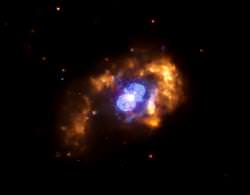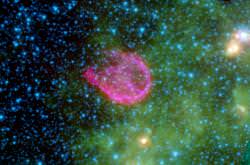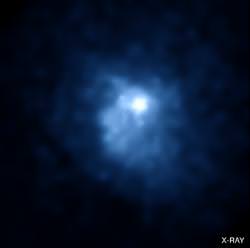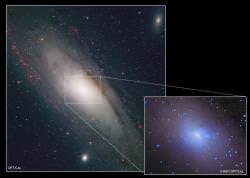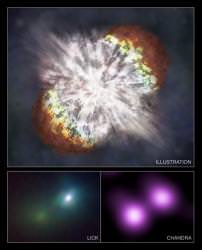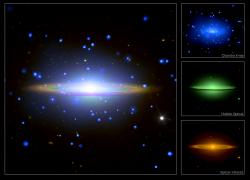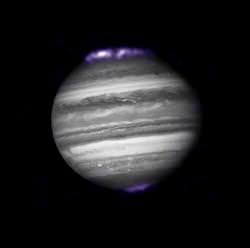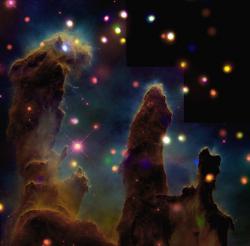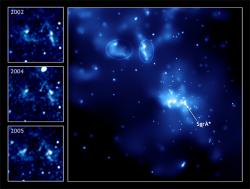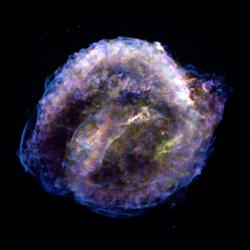The death watch is on for Eta Carinae, a relatively nearby massive star that’s set to explode as a supernova. The Chandra X-Ray Observatory delivered this beautiful photograph of the star and its surrounding nebula; layers of material that it’s already shed in its death throes.
When it does explode, Eta Carinae is going to be spectacular. It’s thought to have between 100 and 150 times the mass of our own Sun. Not only that, it’s a mere 7,500 light years away. Its brilliant display of fireworks will rival the light of the full Moon, and should be easy to see in the middle of the day; you could read a book by it at night.
So when’s it going to blow? Well, astronomers disagree on this point. The majority think that Eta Carinae has one final stage to go through, called a Wolf-Rayet star. Others think it’s already passed this stage, and it’s ready to go. It could explode tomorrow, or it could be 100,000 years away. Still, that’s a blink of the eye cosmically speaking.
Original Source: Chandra News Release

